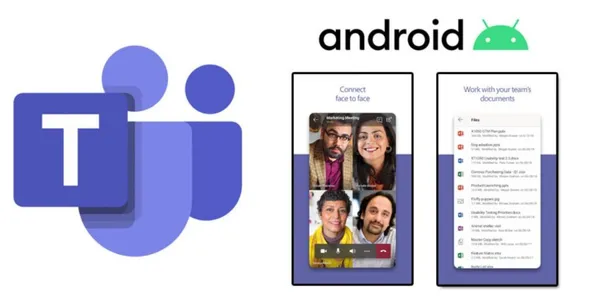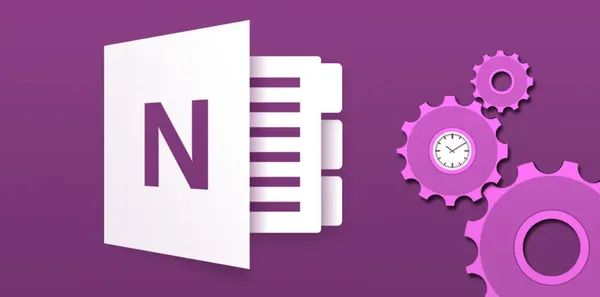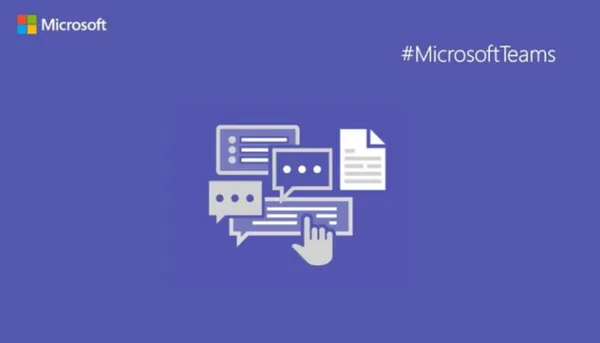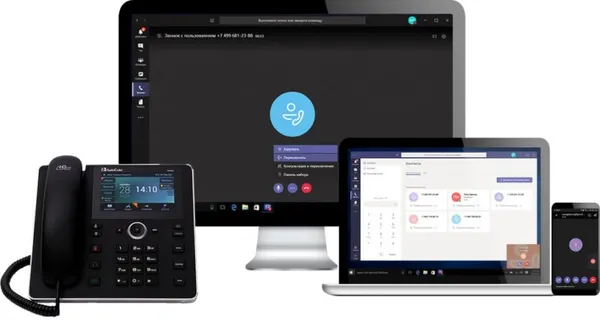
Knowledge base
August 08, 2022
The top 4 reasons why Microsoft Teams is NOT the problem with your call
The pandemic has prompted many organizations to reevaluate whether employees return to the office or remain remote.
According to a Forbes article
a survey by IWG (known for Regus flexible workplaces) questioned 1,000 American workers about hybrid work. The report found that 53% of millennials prefer hybrid work and would look for another job if employers stopped providing it. Moreover, 33% of baby boomers had the same sentiment about hybrid work. In addition, with the start of in-person meetings and events, travel has also increased, leading to employees having access to all applications (SaaS or corporate) from anywhere. To keep employee productivity high, companies have increased their use of external productivity tools, especially cloud-based tools such as Microsoft Teams.
To chat, make calls and share videos, remote workers have turned to Microsoft Teams. Microsoft Teams grown to more than 270 million monthly active users in January 2022, up from 250 million in July 2021. That’s a lot of monthly active users on the platform! As these numbers grow, it is exponentially more difficult for service desk teams to resolve issues because employees are not always in the office. Service desk teams must quickly understand the remote workers’ environment to triage any issue. When a user complains about an application, it does not mean that the application is wrong. Here are the four main reasons Microsoft Teams is NOT the reason your conversation is experiencing quality issues.
Wi-Fi or network problems at home
Often wi-fi at home and local network challenges are the problem. We have seen network cards flap or change, which degrades wi-fi performance. When these adapters change, performance can decrease, resulting in poor application response times. It doesn’t automatically mean it’s an application problem; it’s actually the wifi network. There are several reasons why this can happen; end users can move from one room in a house to another, causing the wifi to change bands. 5GHz bands are faster than 2.4GHz, but 2.4GHz can reach further distances. Changing bands due to further distance may affect your call quality and cause intermittent problems and dropped calls. Yet this is frustrating for your end users.
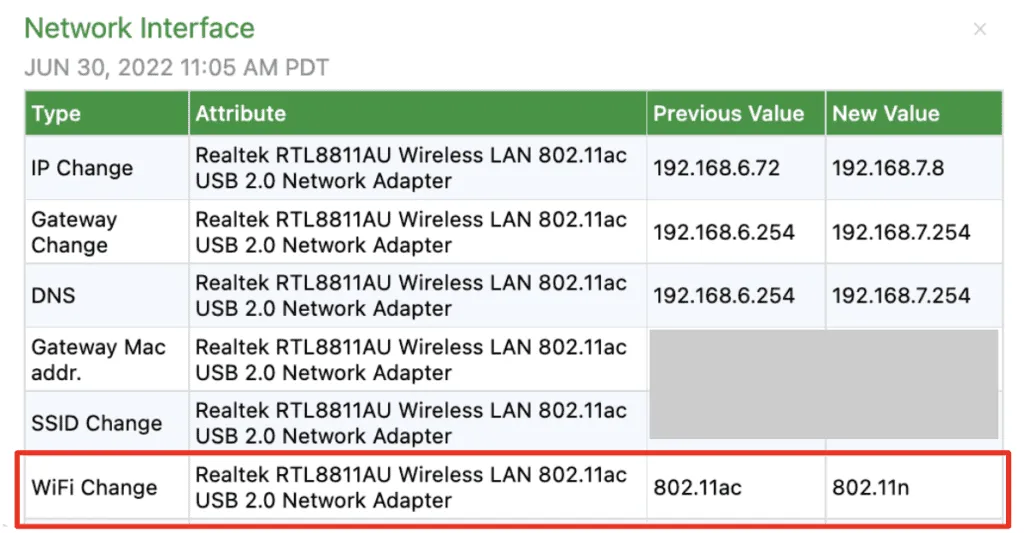
Network congestion can also be a problem. As discussed by Reckitt Benckiser, which saw end-user home network latencies increase when family members began streaming content and playing online games. Wireless home settings are usually default configurations without Quality of Service (QoS) enabled to prioritize voice or video calls. Without QoS, all traffic is aggregated at the gateway, resulting in poor application performance. The dilemma is that the end user does not see the challenge or knows that someone else has caused their problem.
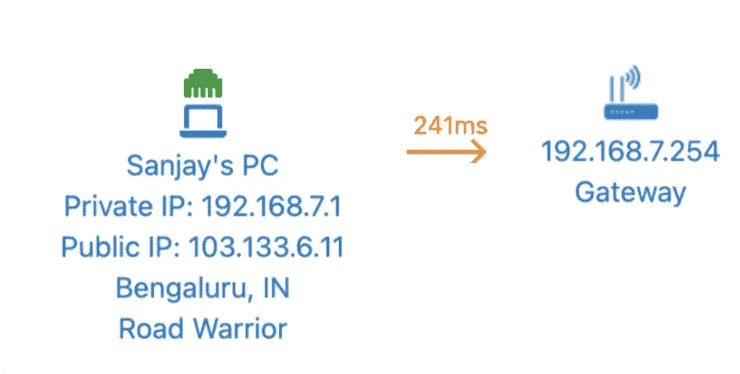
Device-level problems (CPU, memory, processes)
Another problem encountered by end users may be related to their device’s CPU, memory or processes. Sometimes virus scans consume CPU, preventing other applications from running. In other cases, end users open too many applications, reducing the amount of memory available to the device. It could also be something as simple as opening too many tabs in a browser.
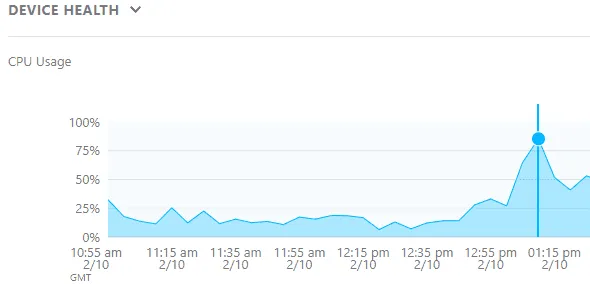
Vpn routing challenges
Many organizations backhaul traffic from end-user devices to corporate networks to secure communications. It is not always the optimal path for traffic to take and can add additional latency to your VOIP or video call. The end user has no idea that their traffic is changing direction. For example, we all use GPS (Global Positioning System) to navigate an optimal path to our destination. Imagine you have a meeting that is 30 minutes away and the GPS shows two routes, 1.5 hours or 25 minutes. Which one would you select? You would not choose the longer route because you would miss your meeting completely. When an end user attempts to connect to an application, the end user’s device typically has policies for selecting paths to the application. Just keep in mind that it is not always the shortest route. So the next time you have poor call quality, think about pad selection and whether your traffic is routed to the corporate network before it reaches your application.
Connection problems with internet service provider (ISP)
Sometimes, if you are experiencing a call quality problem, an ISP problem may appear as if it were the application. These problems can manifest themselves in several ways, such as routing the end user’s traffic over a longer path or dropping traffic because it is unable to peer with another provider. ISP problems are not always simple unless you have a deeper networking background. Detecting (or estimating) the extent of an ISP outage is challenging because of the complexity of the underlying network architecture with infrastructure of many organizations, including last-mile Internet and backbone providers. Depending on where the problem is along the path, you may need to understand what a Regional Internet Registry (RIR) public AS number does in a peering relationship, how routers share routing tables between interconnects, or how to configure the Border Gateway Protocol (BGP). End users, however, like quick insights. Then look at Careem; they call out local ISP problems with their remote working staff. As you can see, isp issues vary and affect you depending on your location.

The next time an end user complains that it’s their Microsoft Teams application, review the points above. End users usually report an application as the problem, but do not know what the points are between their device and the application. The challenge is to quickly visualize these problems from a single solution.
Source: zscaler
Want to know more?

Related
blogs
Tech Updates: Microsoft 365, Azure, Cybersecurity & AI – Weekly in Your Mailbox.




